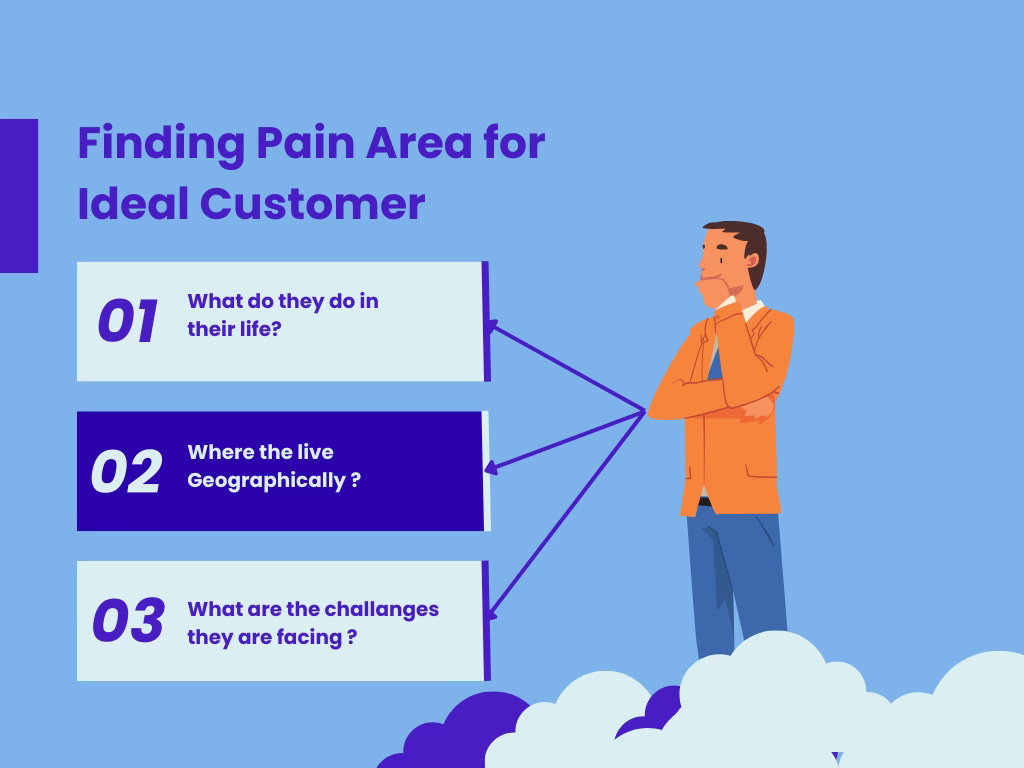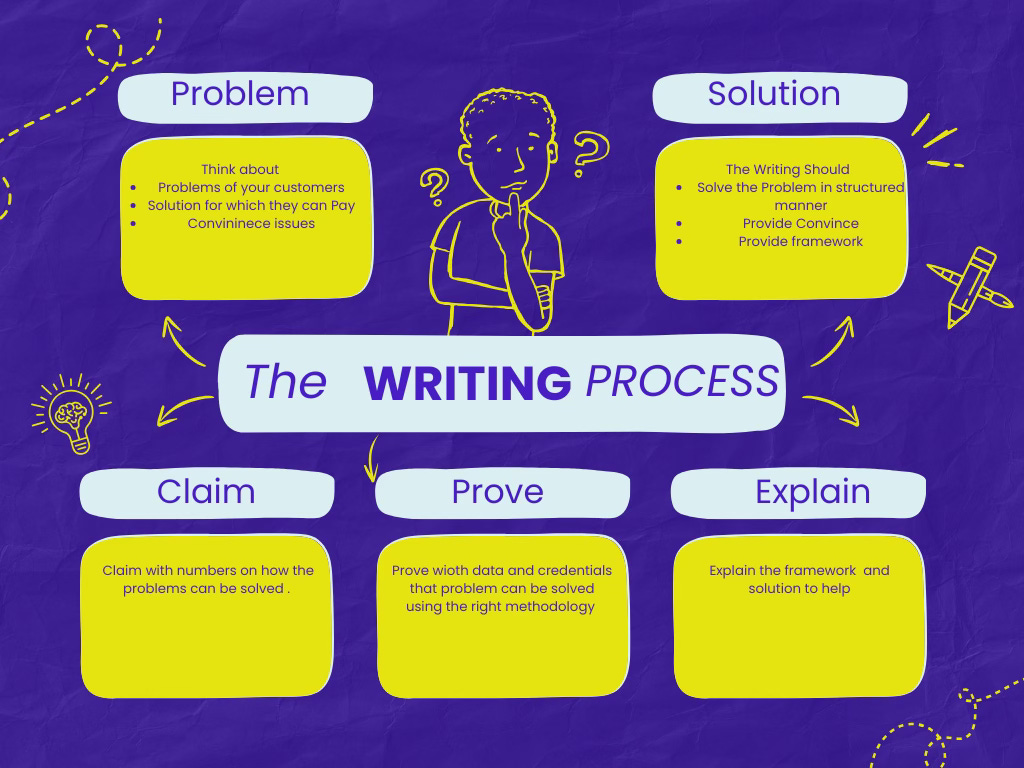4 Step DRIE Framework Made me $740K in 6 months
Writing is not just a business but a Problem Solving method
Great writing isn’t just words—it’s leverage.
It grabs attention, builds trust, and inspires action.
In a world hungry for connection and clarity, writing has become a currency of influence and opportunity.
Over 91% of businesses use content to connect with their audience, making writing the backbone of modern marketing (Content Marketing Institute).
LinkedIn posts using storytelling techniques see 22x higher engagement, and skilled freelance writers can earn between $50 and $500+ per article, depending on their niche and expertise.
Writing works because it meets universal needs: connection, trust, and solutions.
For example, I’ve used storytelling frameworks in my productivity blog and my agency to drive engagement and turn readers into loyal customers.
Writing that resonates opens doors to endless opportunities.
Step-by-Step Process to Become a Writer Who Sells
Step 1: Define the Problem
To create content that sells, you need to uncover the primary problem your audience faces.
Writing without identifying a clear problem is like offering a solution no one asked for.
71% of readers actively seek content that addresses their challenges (Demand Metric). For instance, in my productivity blog, I focus on problems like procrastination or the lack of structure.
Each article addresses a specific challenge my audience struggles with, which ensures the content is relevant and impactful.
Start by asking:
Who is your audience?
What daily frustrations or obstacles do they encounter?
What outcome are they seeking?
Defining the problem is the cornerstone of content that connects and converts.
Step 2: Research and Strategy
Thorough research ensures your content is both accurate and relevant.
Knowing your audience on a deeper level allows you to craft content that resonates and builds trust.
Content backed by data performs better—74% of readers trust content supported by facts (Content Marketing Institute).
My process, which I use for both my blog and agency projects, involves:
Understanding who my audience is (age, location, profession, lifestyle).
Identifying their pain points and aspirations.
Positioning my writing as the bridge between their current struggles and their desired results.
Crafting messages tailored to their needs, using relatable language and a tone they connect with.
When I write productivity frameworks, this research guides me to solutions my audience finds valuable, ensuring my content delivers results.
Step 3: Ideation
Every successful piece of content offers a clear, actionable solution to a specific problem.
Structured ideas make even complex challenges approachable and engaging.
For instance, I rely on frameworks to solve productivity challenges. Each framework is designed around a core problem and broken into simple, actionable steps.
Here’s how I approach ideation:
Identify the exact issue I want to address.
Break the solution into manageable, step-by-step actions.
Use data and examples to make the solution credible and relatable.
This approach has been instrumental in growing my blog and helping my agency clients achieve their goals.
Readers value structured ideas because they offer clarity and immediate applicability.
Step 4: Writing with Purpose
Purpose-driven writing hooks your audience, keeps them engaged, and motivates them to take the next step.
Research shows that 8 out of 10 people read a headline, but only 2 out of 10 will continue reading unless the opening grabs their attention .
Effective content has three core elements:
A strong opening that captures attention and highlights the benefit of reading further.
A well-structured body that provides insights, examples, and data to support your message.
A clear call to action that guides your reader to the next step, whether it’s clicking a link, subscribing, or trying a framework.
In my productivity content, I start with an outcome-driven hook, like “Double your output in half the time.”
I back it with actionable frameworks and always close with specific next steps.
Step 5: Edit Ruthlessly
Editing turns good writing into great writing.
It ensures your message is clear, concise, and free of distractions.
With readers spending an average of 37 seconds per page (NewsCred), every sentence must serve a purpose. My editing process focuses on:
Removing unnecessary fluff to respect the reader’s time.
Ensuring smooth transitions between ideas for better flow.
Aligning every paragraph with the primary goal of the content.
In one of my agency projects, cutting down a 2,000-word draft to 1,200 words of focused content resulted in better reader retention and higher conversions.
Editing isn’t just about reducing word count—it’s about enhancing clarity and impact.
Conclusion: Writing That Sells
Writing is a powerful skill that connects with audiences, builds trust, and drives action. By defining problems, researching deeply, and structuring ideas effectively, you can create content that not only resonates but also delivers tangible results.
Start small. Test ideas. Refine your process. Remember, every great business, like every great story, begins with writing that matters.








Mike, you are obviously heavy on another platform . . what's your top profile? thanks, you have me curious, nice stats, clean writing